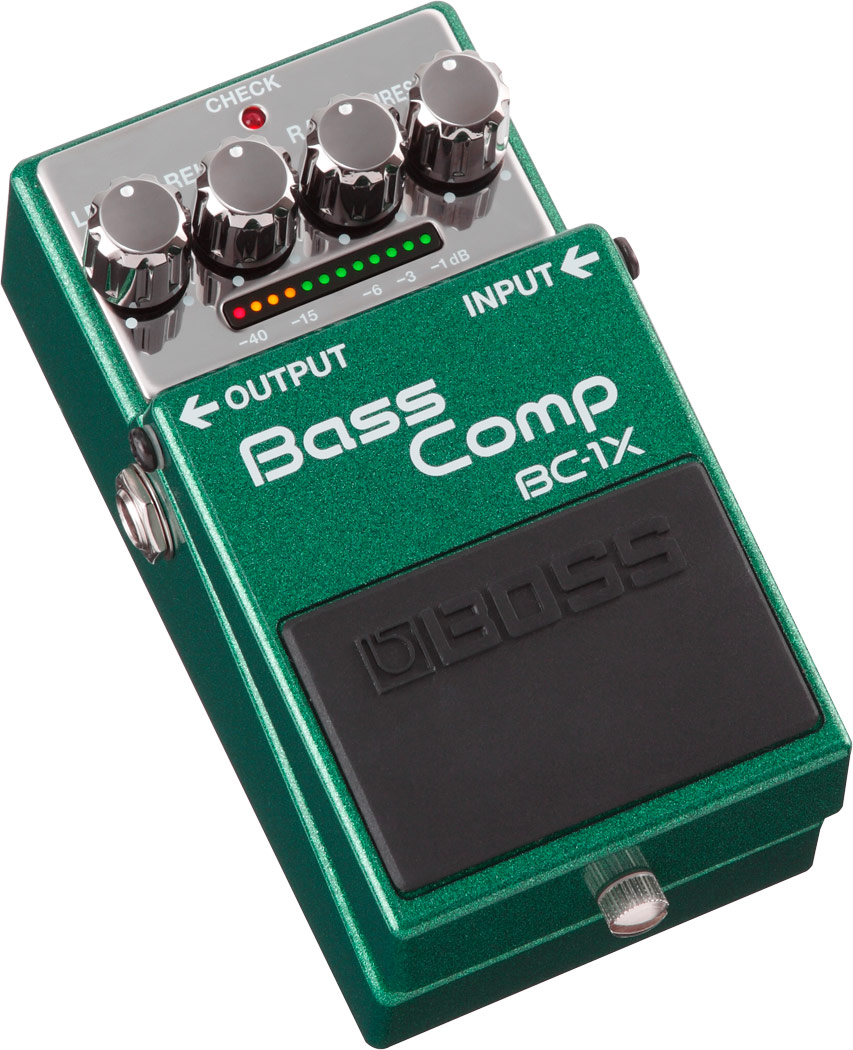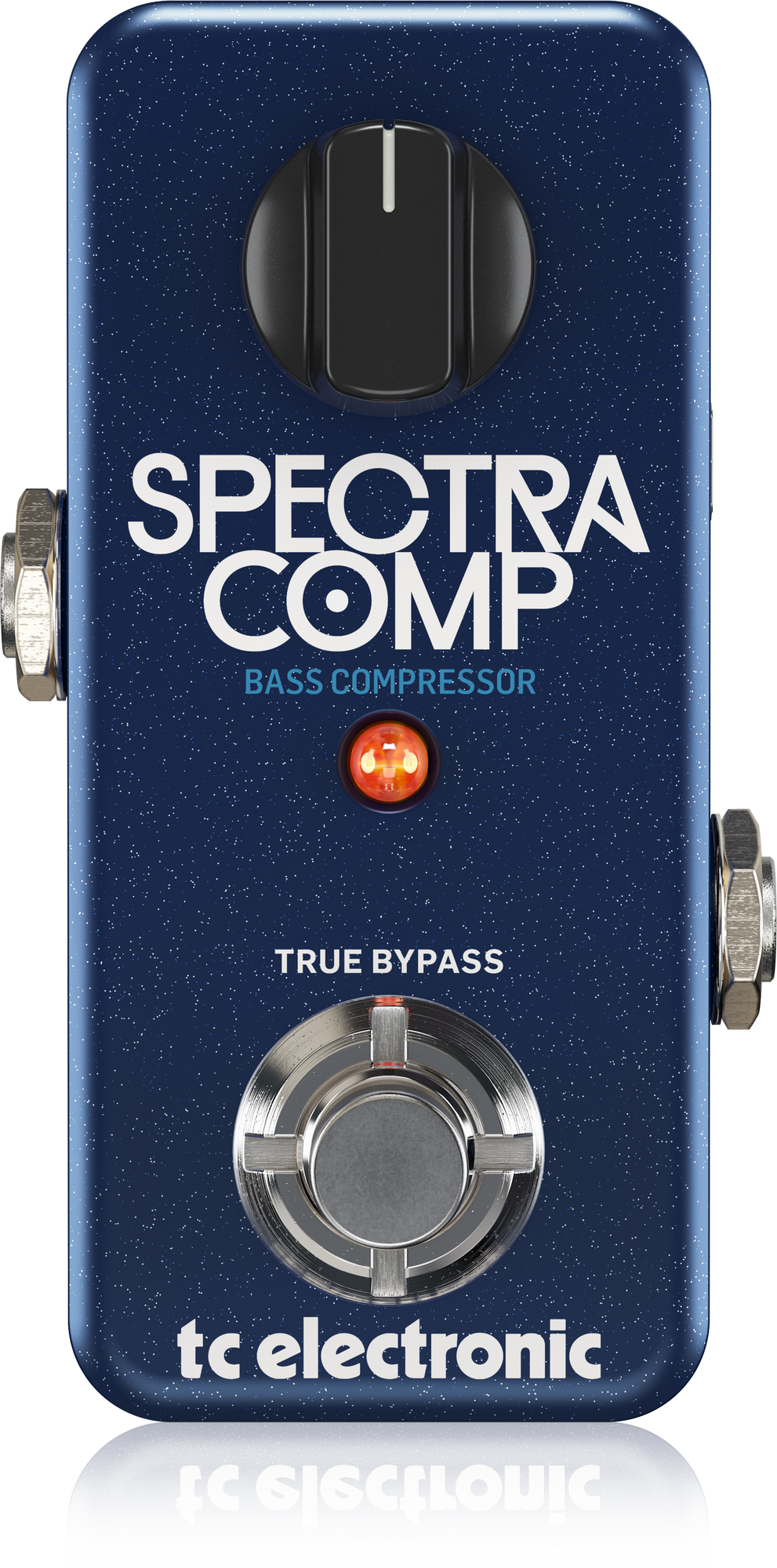

Parallel compression is still downward compression, just a slightly more sophisticated way of doing it!Īdd to basket Uses For NY Style Parallel Compression Upward compression works in much the same way, but avoids disproportionally raising the noise floor, thanks to how a downward compressors threshold acts on the signal when in a parallel configuration.

Parallel compressing in this manner effectively raises the parts loudness (RMS) without squashing the dynamics of the track. When the parallel compressed track is summed with the original uncompressed audio, we achieve the weightiness and fullness of the aggressive compression, coupled with the dynamics and groove of the uncompressed transients which gives us the best of both worlds. The newly compressed version is usually so compressed that it is almost unusable on its own. Parallel compression can be done a number of ways:īy creating a parallel track we can blend in a completely ‘squashed’ or ‘slammed’ version of the track in underneath the original. The technique of placing a EQ device after the compressor to increase the feeling of ‘Hifi style’ loudness originated in NYC and so the term NYC compression was coined. Shelving EQs on old mix consoles were typically used to accentuate the high and low end of the track at fixed frequencies around 100Hz and 10KHz to increase clarity and loudness. The only difference comes with the use of an EQ device after the parallel compressor.

NY compression is exactly the same concept as parallel compression. Whats The difference between NY & Parallel Compression but rather than placing a compressor straight onto the original track in serial, a duplicate of the track is created and this duplicated track is compressed aggressively before being mixed back in with the original uncompressed audio. Parallel compression works exactly the same as standard downward compression. It’s typically used on the power elements of a track such as the: kick, clap, snare, open hat, bass, lead vocals, and most commonly the entire drum bus. New York style compression is a type of parallel compression originating from New York City.


 0 kommentar(er)
0 kommentar(er)
